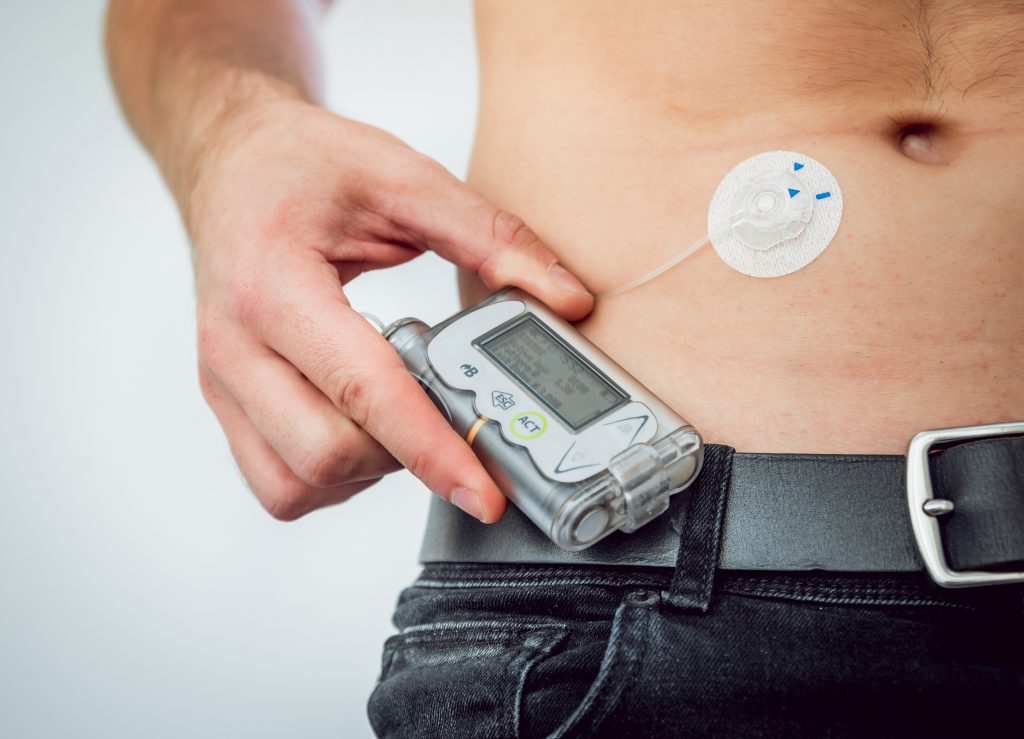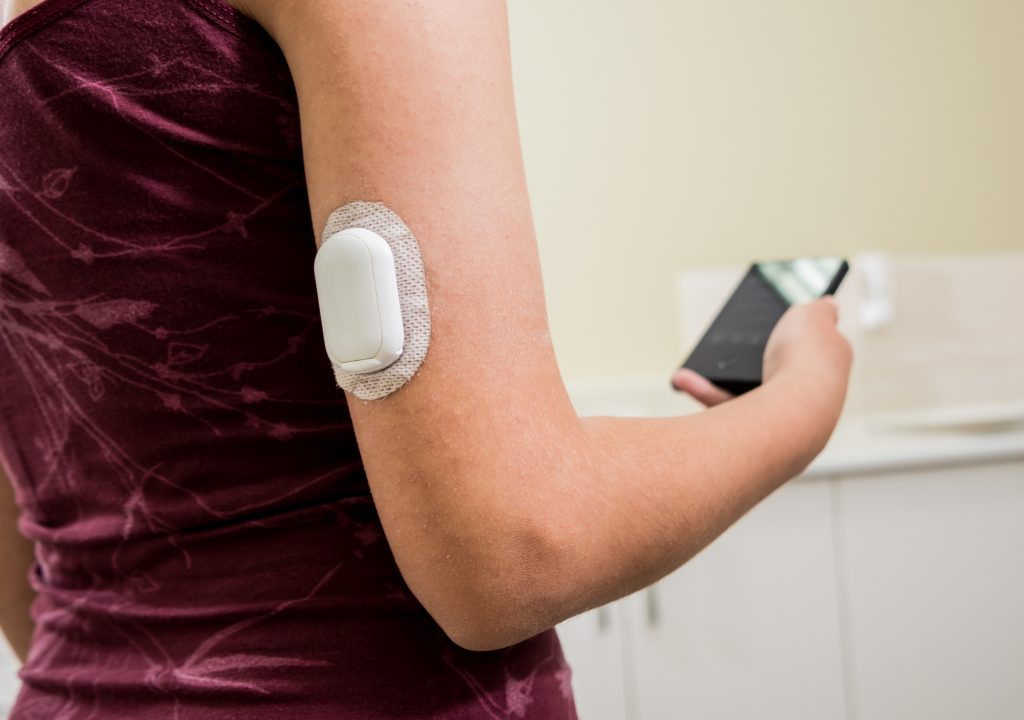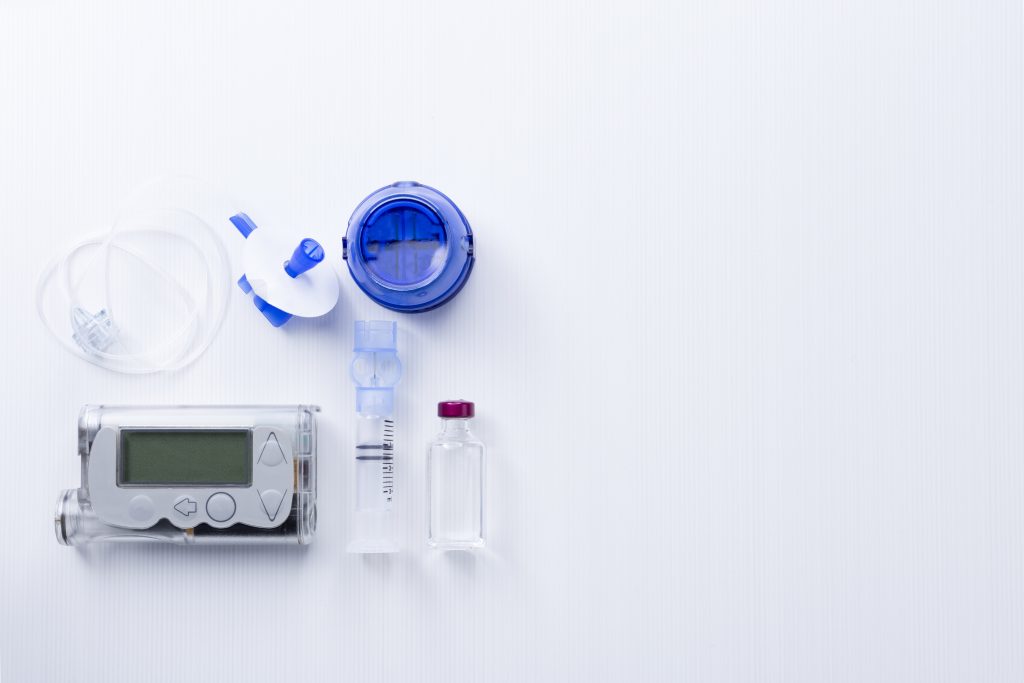How Do Insulin Pumps Work? Types, Functions, and Components
Posted by Prescription Hope - See Editorial Guidelines (Last Updated On: Fri Apr 28 2023)
Everyone that has type 1 diabetes and many that have type 2 diabetes require insulin to control their condition. There are two main methods for delivering insulin – injecting with a syringe/pen or using an insulin pump.
Insulin pumps negate the need for multiple daily injections via syringes or insulin pens. However, fully understanding how insulin pumps work can be challenging to grasp.
So, in this article, we will discuss how insulin pumps work, the different types, and each individual part of the pump. Before diving into the details, though, here is a quick overview.
How Do Insulin Pumps Work? Insulin pumps are small computerized devices that allow for the easy delivery of insulin. There are many brands of insulin pumps, but there are two main types, which consist of traditional pumps and patch pumps. In general, insulin pumps help individuals gain better control over their diabetes condition, preventing farther health complications from arising.
It is important to mention that each brand of insulin pump may work slightly differently than others. But they all have very similar mechanisms of action, which we will now get into.
How Do Insulin Pumps Work?

Insulin pumps work by striving to mimic how the pancreas works to provide individuals with the best blood sugar control possible. It mimics the pancreas by delivering a small dose of short-acting insulin every hour (basal rate). The user can also manually deliver various doses of insulin for meals or corrections (bolus).
After receiving your insulin pump, you can program your specific basal rate into the system. You can even have it programmed to deliver a larger dose during parts of the day when your blood sugar is typically higher, such as during the morning hours. You can reprogram your basal rate later on based on your doctor’s recommendations. You can also suspend any insulin delivery during certain times, such as exercising, to prevent low blood sugar.
The insulin pump, which is the size of a deck of cards, sits outside the body with a thin tube (cannula) that sits just underneath the skin. The cannula should be inserted into a thin layer of fat under the skin.
Insulin is delivered through a catheter that is connected to the cannula. It will pass through the cannula and is delivered into the thin layer of fat.
Before attaching the insulin pump to your body, the cartridge in the pump has to be filled with insulin. The way the cartridge is filled will vary depending on the brand of insulin pump that you use. Most companies will provide some sort of online training or instruction pamphlet for how to set up and use your pump.
Your doctor will prescribe the insulin that you need for your insulin pump.
Different Types of Insulin Pumps

There are two types of insulin pumps which are:
- Traditional Insulin Pumps
- Patch Pumps
Traditional insulin pumps contain a reservoir and pumping mechanism with an infusion set. The infusion set is connected to the reservoir with a tube. Therefore, the device is typically held in one’s pocket, on their belt, or bra strap. The tubing will then run to the infusion set, where the insulin enters the body.
Patch insulin pumps are worn directly on the body, instead of being tethered to an infusion set and tubing. It is then wirelessly controlled. There are a few different patch pumps, but the most popular ones include Omnipod and V-Go.
Some insulin pumps will connect wirelessly with a continuous glucose monitor, making the process a closed-loop system. This means that the insulin pump can make automatic adjustments to one’s insulin dosages based directly on the continuous glucose monitor readings. A system such as this is often referred to as an artificial pancreas.
Parts of an Insulin Pump Defined
There are many different parts to an insulin pump, and knowing the name and function of each part can get confusing. So, here are the various parts of an insulin pump and the function each one serves.
- Cannula – The cannula is a small tube that is inserted under the skin and stays there for the administration of insulin. The cannula is inserted using a needle. Once the needle is inserted and removed right away, it leaves the cannula under the skin.
- Tubing – The tubing is what connects the cannula to the reservoir. The tubing can come in different lengths to accommodate one’s needs.
- Infusion Set – The infusion set refers to the combination of the tubing and the cannula. The infusion set will have an adhesive patch to keep the set in place. There are many different types of infusion sets that vary depending on the brand of the insulin pump.
- Reservoir – The reservoir, or cartridge, is the portion of the pump that holds enough insulin for two or three days.
- Pump – The pump is the main mechanism that consists of mechanical parts that are responsible for pumping the insulin from the reservoir and through the tubing. Many pumps are battery-powered.
- Display – The display is the portion on the pump that shows all of the data, including your basal rate and bolus dosages.
Disadvantages of an Insulin Pump

Using an insulin pump is, in general, very beneficial for patients struggling to gain control over their blood sugar levels. However, there are a few downsides to this device.
As someone that has been using an insulin pump for years, I have experienced a few of the disadvantages. One major disadvantage is that mechanical failures can occur. Mechanical failures or kinks in the tubing can prevent you from getting the insulin you need for a meal, but you may not realize it until your blood sugar has spiked well above normal levels.
You then have to go through the process of changing the infusion set or the pump entirely. Fortunately, companies that produce insulin pumps are good about sending replacements free of charge when failures occur.
Other disadvantages are more on a social level. For example, when you go to the beach or some other social gathering, your insulin pump may be visible. This can be embarrassing or awkward for some.
Despite the disadvantages, insulin pumps have proven to be a great treatment option for many contending with diabetes.
How Often Insulin Pumps Need to be Replaced?
Infusion sets can be expensive, so some patients may try to extend the use of it for as long as possible. This can be dangerous, though, as you run the risk of infection or of having high blood sugar levels.
Therefore, it is recommended that infusion sets that have metal needles be replaced every one to two days. Infusion sets with a soft cannula should be replaced every two to three days.
Patch pumps are a little different since they do not have infusion sets. The battery on the Omnipod insulin pump will last no more than 80 hours. However, it will start reminding you to replace the insulin pump at hour 70 or so.
It is important to replace your insulin pump regularly and rotate application sites. Not taking these steps can lead to skin irritation and infections.
How Do You Know if You Need an Insulin Pump?
Getting an insulin pump largely comes down to preference. However, there are individuals that would benefit more from an insulin pump than from multiple daily injections.
Those that are older and aren’t as busy or active can manage their condition correctly with daily injections. This is mostly due to having a steady lifestyle and not having many fluctuations in activity or the foods eaten.
Younger patients that are regularly active may benefit most, as they can control their basal rate more with a pump. They can suspend their insulin when they are most active to prevent low blood sugar levels. These patients may also eat often to keep up with the calories they’ve burned. So, having an insulin pump makes life so much easier in this case.
Patients that have frequent low blood sugar events may also benefit greatly from insulin pumps. Most insulin pumps have a bolus calculator that determines the exact dose of insulin needed for corrections and meals. Therefore, this limits the room for error, potentially decreasing hypoglycemic events.
There are aspects to keep in mind before getting an insulin pump. For example, it will take time and effort to learn the ins and outs of the pump and all its functions. It will also take time to replace each infusion set every few days, and this process cannot be rushed.
Another aspect to consider is the cost of an insulin pump. The cost is more than using insulin pens for multiple daily injections. So, you have to determine if it is worth the cost and what your insurance will cover.
Conclusion
Determining whether an insulin pump is right for you or not is a decision that should be made between you and your doctor. That being said, we hope you have a better understanding of how an insulin pump works after reading this.
We understand that affording the medicines and supplies you need can be difficult. So, if you are paying more than $60.00 a month through Prescription Hope’s medication access service for your insulin or other medication, then Prescription Hope’s medication access service can help! We work directly with pharmaceutical companies to provide you with the medicine you need at a set, affordable cost. Enroll with us and start saving money.

